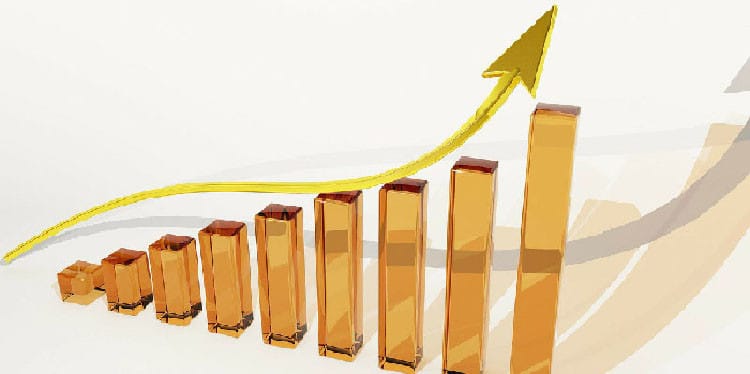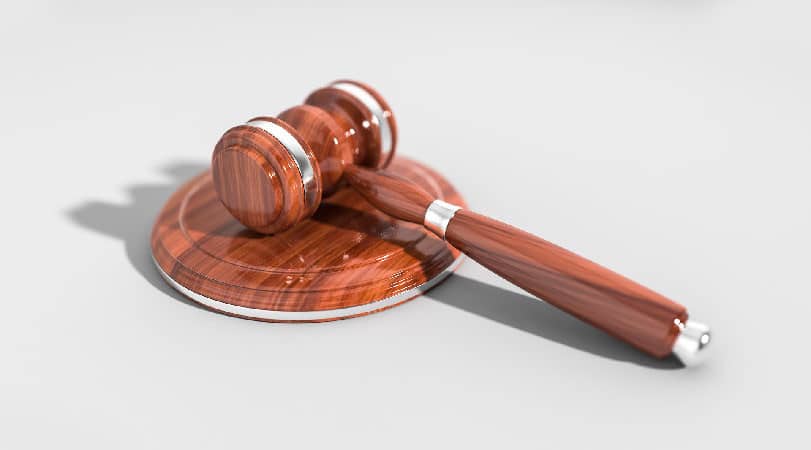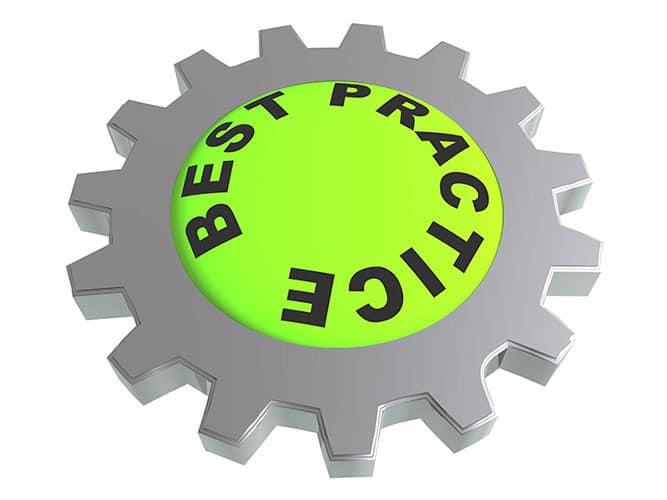Estimated reading time: 5 minutes
• Most people often use the terms procurement and purchasing interchangeably.
• While the two terms are about acquiring goods and services, procurement professionals can point out important distinctions.
• Procurement has different intentions from purchasing. To understand this, it’s important to go through the steps involved in both processes.
Procurement
Procurement is a detailed process of listing, selecting, and buying goods and services from a vendor through a tendering, bidding, or direct purchase process. It also includes checking whether what was delivered matches the expected quality and quantity.
Procurement professionals are charged with assessing internal needs and surveying the market to find potential supplies. They will then develop criteria for an approved list of suppliers. They then create requests for proposals and receive quotations from suppliers. The next step involves identifying and negotiating with the right supplier. Procurement also involves performing quality checks, managing contracts, honoring invoices, and developing relationships with vendors.
Purchasing
Purchasing is a part of the broader procurement process. It’s the steps that involve acquiring goods and services required. Ordering, receiving, and making payments to suppliers are all purchasing functions. Preparing requisitions, evaluating quotations, sending purchase orders, checking the quality of goods, and processing invoices are all included as part of the purchase process.
The workflow differs depending on the needs of the organization.
Key Differences Between Procurement and Purchasing
Strategic vs Tactical
The first major difference between procurement and purchasing is that whereas the former is strategic, the latter is a tactical function. Purchasing is all about ensuring the transaction gets completed and the necessary goods are delivered.
Procurement is much broader. It begins with listing goods and services required to fulfil its broader objectives. For instance, a company may be intending to boost production capacity, expand markets, or improve product quality. Procurement efforts need to support these objectives. Selecting the right suppliers and nurturing relationships with them are strategic long-term-oriented activities.
Cost vs Value Maximization
It’s also worth pointing out that the focus of purchasing is on the cost of a particular order. Procurement places more emphasis on the total value the business gains when dealing with a supplier. Procurement is also concerned with risk management, compliance with applicable laws, and fulfillment of all clauses in the procurement contract. In fact, procurement aims at helping the business get the highest possible value at the most competitive price.
Risk Mitigation in Procurement
A company dealing with one vendor delivering one product may not need a bloated procurement division. However, when dealing with complex supply chains, risk management and supplier-relationship management become crucial. Procurement involves assessing such risks and coming up with ways to handle them. Supply chain mapping is part of the risk mitigation process. The company looks at the location of its most important suppliers and analyzes the risk that comes with supply disruptions and makes contingency plans. They also look at the risk of overreliance on one supplier.
Maximizing Relationship
In supplier relationship management, the procurement function tries to find ways to maximize the value of working relationships with suppliers. For instance, they could negotiate better prices for longer contracts. They could also share information that could help improve the quality of goods purchased from the supplier. Some processes could also be outsourced to the supplier so that they do not have to be done after delivery. This is common in situations where branding and customization are necessary. It is cheaper to have such things done at the point of origin before packaging.
How to Improve Procurement and Purchase
Improving the procurement and purchase strategies helps a business to continue creating value in a dynamic business environment. As highlighted, procurement supports the bigger corporate strategy of a business. Therefore, the procurement strategy needs to be adjusted to match the evolving goals of the business.
For improvement to happen, the business needs to increase the capabilities of its procurement team. This is achieved through training, making strategic hires, and promoting internal staff so they handle more responsibility.
It’s also important to craft and implement a supplier relationship management strategy. This will enable the business to make tactical decisions to support the overall strategy. It also helps to have a framework to assess the value of doing business with suppliers. If a particular supplier is not a good fit, the business can justify seeking another supplier to work with.
Improving purchasing and procurement also requires that a business creates workflows to be followed in procurement and purchase. Lastly, there needs to be the right technology to expedite such workflows.
The Value of an e-procurement Solution
Whether you are undertaking a purchasing or procurement activity, both can take weeks to complete. There are multiple internal parties involved in both processes together with loads of documentation. An e-solution can make procurement and purchasing processes much more efficient. By routing tasks automatically to responsible parties, approvals happen much faster than when documents need to be transferred physically from one office to another.
Handling processes online also creates secure storage of important documents. Audits become much easier to carry out and the likelihood of fraud in purchasing or procurement reduces. Automating activities such as matching invoices to purchase orders also saves time and money that would otherwise be used to pay for a big workforce.
If your organization is seeking to make its procurement or purchasing activities more efficient, consider an end-to-end P2P solution from ProcurePort. ProcurePort is the world’s leading supplier of e-procurement software. Contact us for a free consultation on your e-procurement needs.










